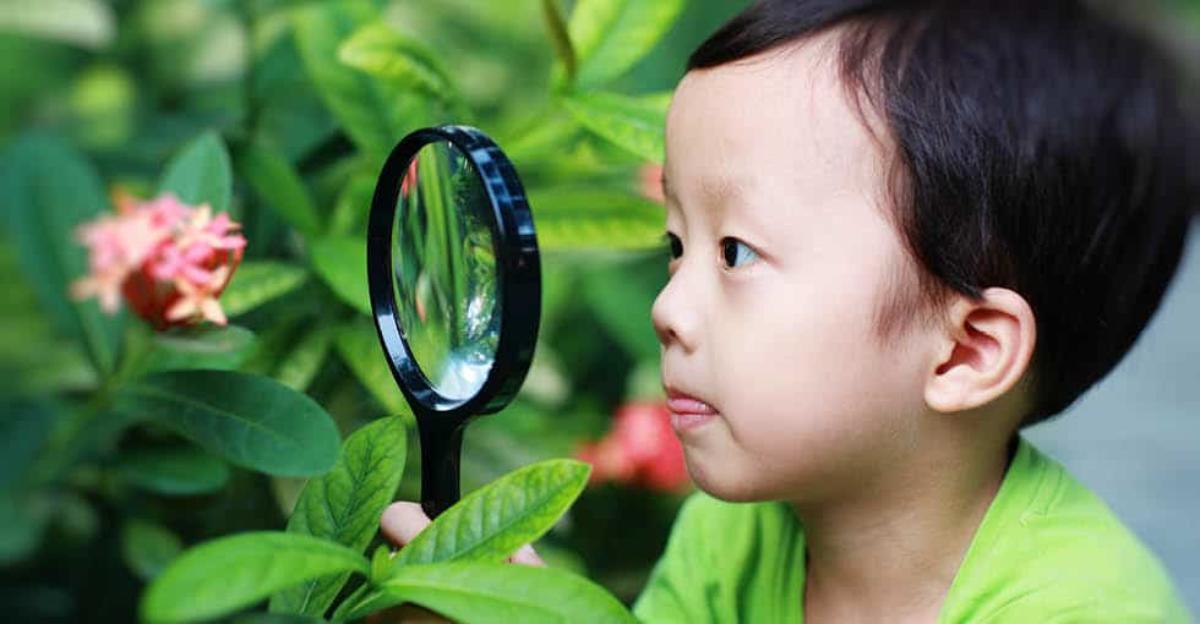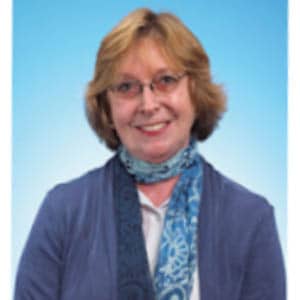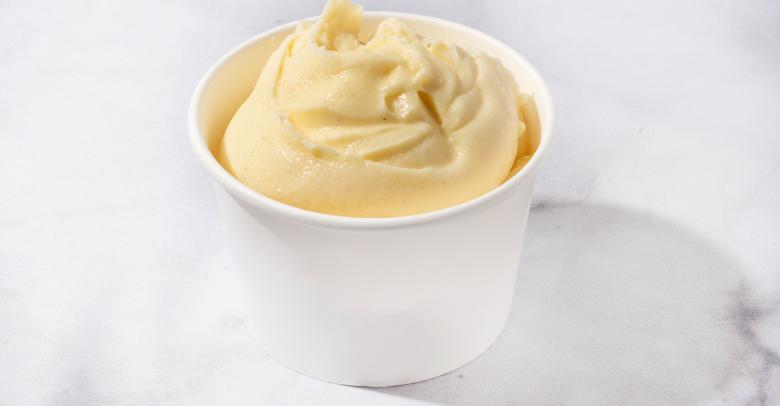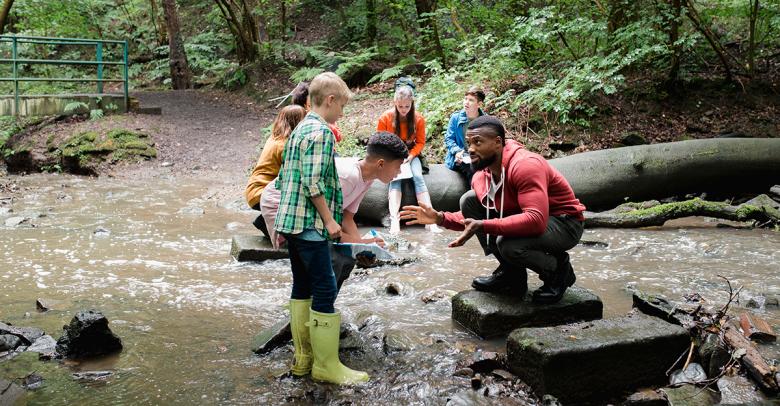Spell check may not like the word sciencing but I believe it makes perfect sense in the world of young children. Science is a noun but to describe what our future scientists are doing in classrooms across the country today, we definitely need an action word – a verb. As a three-year-old with a magnifying glass once explained to me, “I like to science!”
For many years, a strong emphasis on early literacy has sometimes relegated science inquiry to a back burner. Concerns with the United States falling behind in the development of an adequate workforce to meet the demands of a changing global economy in the STEM disciplines (science, technology, engineering and mathematics) has lead us to look closely at how young children learn. Long before children learn to read, they are observing, questioning, experimenting, and forming hypotheses about the world around them.
The natural curiosity of a young child that leads them to “think like a scientist” may make us scratch our heads sometimes and ask “Why would you do THAT?” But, when a little one walks through squishy mud, takes apart the TV remote, or sprinkles glitter in the fish bowl, they are collecting data, researching and theory building: components of the scientific method. In a word: sciencing.
Replace the question “Why would you do THAT?” with “What did you think would happen when you put glitter in the fish bowl?” and you can explore together the hypothesis that the classroom pet could turn into a rainbow fish. There are so many opportunities, both planned and unplanned, for sciencing in the world of young children.
Ginny Streckewald
Ginny Streckewald, M. Ed., holds a Masters’ degree in Specialty Education focusing on Early Intervention. She has over 35 years of inclusive teaching experience with young children, and has worked closely with premature and developmentally delayed infants and toddlers. Read more posts by Ginny Streckewald –>







Leave a Reply